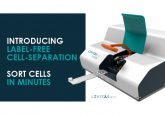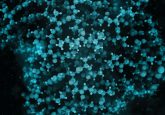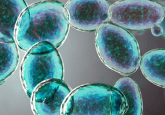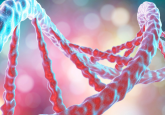Just one step

A method for the quick and easy isolation of quiescent yeast cells from a mixed population of cells has now been developed.

When yeast cells are deprived of nutrients, they enter stationary phase (SP) and differentiate into quiescent (Q) or nonquiescent (NQ) cells. Q cells are arrested in the G0 phase of the cell cycle but can begin to cycle again upon nutrient replenishment; they survive longer than NQ cells (which fail to enter G0) and are more resistant to environmental stresses. These characteristics make yeast Q cells a useful model for the study of cellular aging, cell cycle re-entry, and self-renewal of cells.
The most common approach to isolating yeast Q cells is using Percoll-based density gradient centrifugation, but this is laborious and time-consuming. In the October issue of BioTechniques, Stephen Fuchs and his colleagues at Tufts University describe a simple, inexpensive, and rapid method for Q-cell isolation using single-step density gradient centrifugation with iodixanol. SP cells are layered on top of a cushion of 30% iodixanol in a microfuge tube and centrifuged for 5 minutes. The Q cells are pelleted, while NQ cells are trapped at the interface between the cell buffer and the iodixanol.





